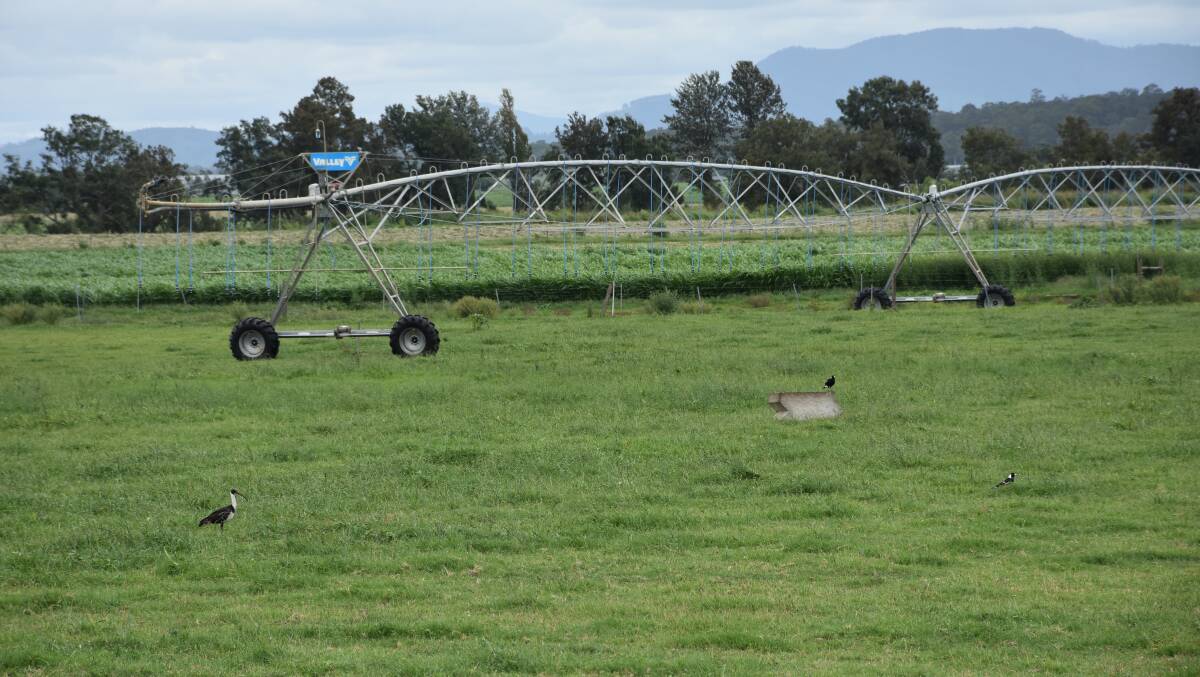AFTER years of drought, high December rainfall figures have resulted in healthy flows into the Hunter catchment which has officially been declared drought-free.
Subscribe now for unlimited access.
$0/
(min cost $0)
or signup to continue reading
Glenbawn Dam and Glennies Creek Dam received 149 mm and 154 mm of rainfall respectively during the month of December and as a result, the NSW Department of Planning, Industry and Environment's (DPIE) has increased water allocations.

General security water users in the Hunter regulated river water source have received an allocation increase of 13 per cent, bringing their total allocation to 75 per cent of entitlement for the 2020-21 water year.
All other high priority water access licence holders in this water source have already received their full 100 per cent annual allocation.
Drought criticality levels for the Hunter regulated river water source currently sit at Stage 1, meaning the river system has returned to normal operations.
Glenbawn Dam levels have risen by 10 per cent since this time last year, currently sitting at 49.7 per cent full and rising, holding about 373 GL.
Glennies Creek Dam is about 43.4 per cent full - rising - holding about 124 GL. It was about 38 per cent full this time last year.
The Mid North Coast experienced an extremely wet end to 2020, with rainfall figures exceeding averages and the trend expected to continue well into the new year.
Kempsey received 374mm of rain during the month of December, while Barrington Tops had 326mm. At Taree Airport, 380mm was recorded and at Dorrigo there was a whopping 771.7mm.
While the Hunter didn't experience rain events quite as big as those which occur on the coast, growers and producers can expect a good chance of exceeding median rainfall conditions according to the Bureau of Meteorology climate outlook for February 2021 to April 2021.
The Bureau has issued a seasonal flow forecasts for the Hunter River upstream of Glenbawn Dam at Moonan which provides an indication of potential inflows into the dam.
All forecast quartiles of total streamflow volumes from January to March are higher than the historical streamflow volumes, indicating higher inflow potential than historical inflow during this period.
The next Hunter water allocation statement will be released on February 15 and will assess January inflows.


